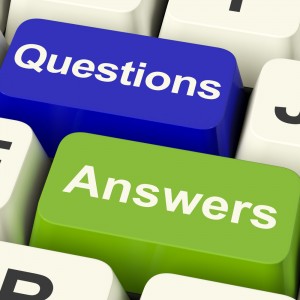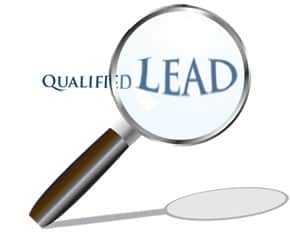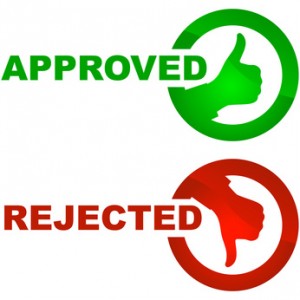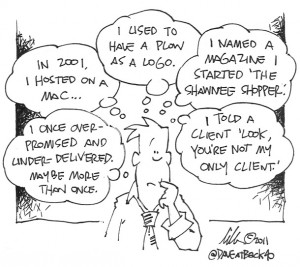Quick Questions that will help Qualify Leads
 The ability to qualify leads and prioritize them based on their potential for conversion is priceless. However, before a company can put a lead scoring plan into place, they will first need to understand what constitutes a quality lead. By asking the right questions, a company can build an effective profile that will capture leads that have the highest potential for conversion.
The ability to qualify leads and prioritize them based on their potential for conversion is priceless. However, before a company can put a lead scoring plan into place, they will first need to understand what constitutes a quality lead. By asking the right questions, a company can build an effective profile that will capture leads that have the highest potential for conversion.
Here are some quick questions that will help qualify leads
What does your average customer really need?
The first thing a company will need to figure out is what perceived value their product or service has to offer to the lead. What exactly do their customers want? Are they looking for a reputable company that cares about the environment? Do they want a provider who can offer 24 hour customer support? There is something specific every lead is looking for in a company and being able to determine what a lead needs is invaluable for qualification.
When will the lead be ready to purchase your service?
The next aspect a company needs to determine is what stage each lead is at in the buying process. Have they just started their online search? Do they seem anxious to make a decision? Has their frequency of visits increased? Figuring out where a lead is at in their buying process is essential when qualify a lead.
Why should they choose your product or service?
A business will also need to demonstrate to their leads what makes their product or service better than a competitor. This will not only involved understand what a lead wants in a product or service, but also understanding all of the options available to the potential buyer. Why is your product better? Is your price a selling feature? Why is your service superior? A company has to know the reason their offer is superior, so it can be promoted effectively.
Who is your ideal customer?
The most important aspect of lead scoring is using everything a company knows about their existing customers to create an ideal customer profile. What are their characteristics? What are their likes and dislikes? What type of online behavior do they display? By pinpointing attributes of an ideal customer, a business can create a profile for comparison that will generate high-quality leads.
By asking the right questions, a company can determine what their leads really need to know before they are ready to make a decision. They can also figure out what stage the lead is at in their buying process, what will make them want a particular product or service, and who fits their ideal customer profile. Just imagine what can be done with such valuable information.










